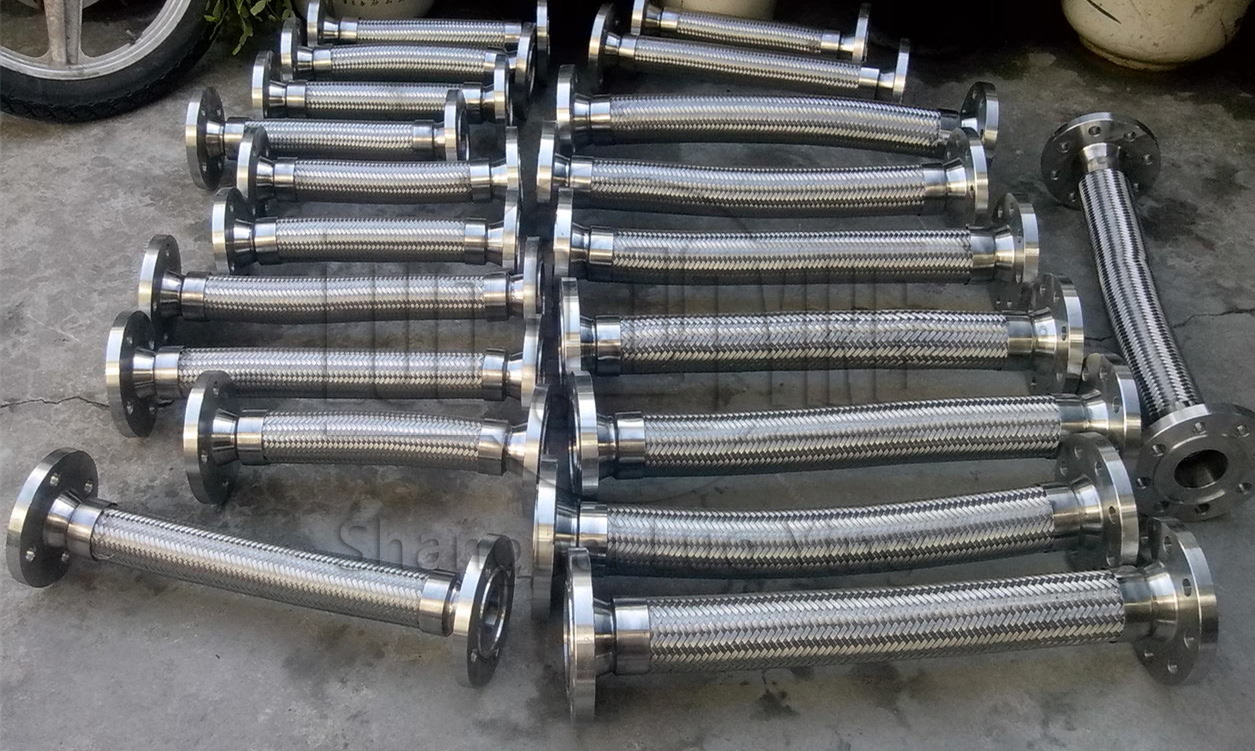Design requirements for bellows compensators in steam pipelines
Feb-23-10
The bellows compensator meets the design requirements. For the compensator with inner sleeve, care should be taken to make the direction of the inner sleeve consistent with the flow direction of the medium. The bellows compensator should be checked for its type, specification and pipeline configuration before installation. The hinge rotating surface of the hinge compensator should be consistent with the displacement rotating surface.In order not to affect the normal function of the bellows compensator, reduce the service life and increase the load of the pipeline system, equipment and support components. After the piping system installation is completed, it is strictly forbidden to use the deformation of the bellows compensator to adjust the overrun of the piping installation. Remove the yellow auxiliary positioning parts and fasteners on the bellows compensator as soon as possible, and adjust the restriction device to the specified position according to the design requirements, so that the piping system has sufficient compensation capacity under environmental conditions.
The working principle of bellows compensator is mainly to use its own elastic deformation function to make up for the axial, angular, lateral and combined displacements caused by thermal deformation, mechanical deformation and various mechanical vibrations. Compensation has the functions of pressure resistance, sealing, corrosion, temperature resistance, vibration and noise reduction, which can reduce pipeline deformation and improve the service life of pipeline.
Stainless steel corrugated compensator is a kind of tubular compensation equipment with axial corrugation made of single or multi-layer thin-walled metal tube. When working, it uses corrugation deformation to absorb the thermal elongation of the pipe to compensate the pipe. The corrugated pipe compensators used on heating pipes are mainly made of stainless steel. Corrugated compensator is mainly divided into corrugated shape "U, shape and" between, shape two; according to the compensation method is divided into axial, transverse and articulation. At present, the corrugated compensator in the steam pipeline overhead laying application gradually increased, with a small volume, easy to install, no special maintenance in the trench laying use less.
Steam pipeline laying method is divided into open installation and concealed installation. Open installation is overhead laying, but due to the constraints of external space and aesthetic requirements, sometimes only laid underground, that is, concealed installation. Underground laying has two kinds of trench laying and direct burial, the traditional trench laying method.


